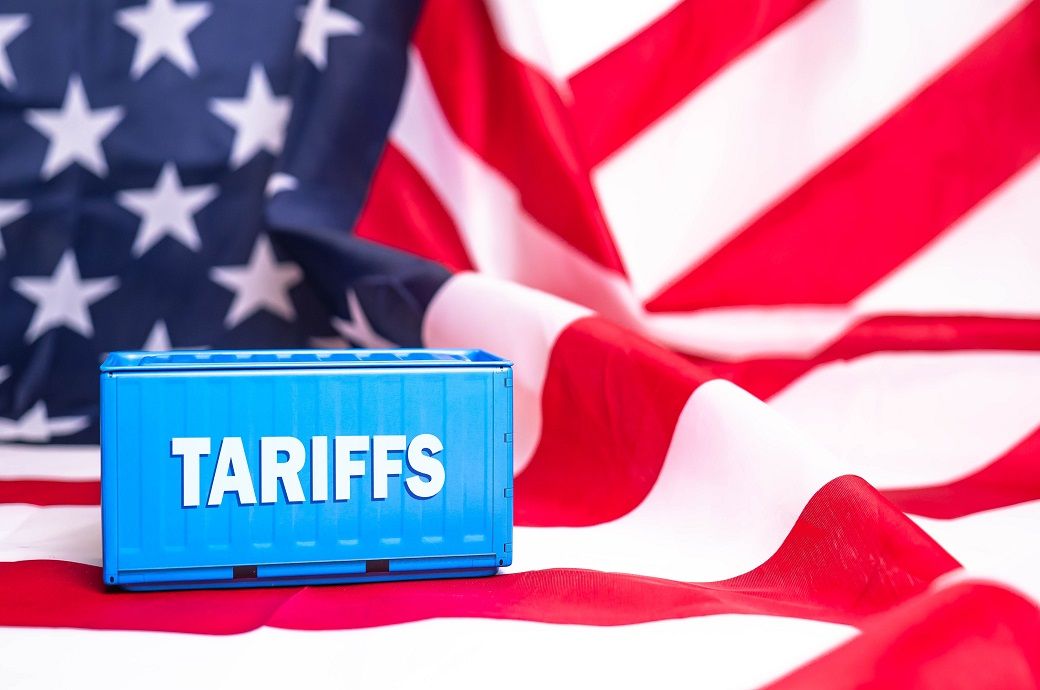
The new tariffs, some of which target key US trading partners with so-called ‘worst offender’ rates, are expected to significantly disrupt global supply chains—a cornerstone of the fashion industry. Industry leaders argue that few other sectors are as reliant on international manufacturing networks. A single garment can cross multiple borders before reaching the retail floor: a bale of cotton grown in Texas might be spun in Europe, woven in Korea, assembled in Vietnam, and ultimately sold back in Texas—or in global markets like Singapore, Japan, Dubai, or London.
USFIA has criticised new tariffs imposed by the Trump Administration, warning they will severely impact American fashion brands, consumers, and supply chains.
The fashion industry, heavily reliant on global manufacturing, already faces high tariffs—averaging 14.6 per cent on apparel.
Lower-income families and women will be especially affected.
“While tariffs can be a useful tool in addressing unfair trade practices, they disproportionately impact the fashion industry. US imports of textiles and apparel are subjected to some of the highest tariff rates. For example, in 2024, the average tariff on steel was 5 per cent, while the average tariff on apparel was a staggering 14.6 per cent,” the USFIA said in a press release.
The burden of these tariffs is not confined to businesses—it also hits American consumers, especially lower-income households. These families spend a higher proportion of their income on clothing and footwear, and the current system penalises them more harshly. For example, a luxury cashmere sweater faces a 4 per cent tariff, while a lower-cost acrylic equivalent is taxed at 32 per cent.
In addition, women are disproportionately affected due to what experts refer to as a ‘pink tax’—where women’s and unisex clothing is taxed at higher rates than men’s apparel. According to findings by the US International Trade Commission, US households paid $2.77 billion more in tariffs on women’s apparel than on men’s in recent years.
Despite the high tariffs—including the $13.2 billion collected by Customs and Border Protection (CBP) in 2024, which represented 16.6 per cent of all tariffs, and an additional $2.48 billion in Section 301 remedies on textile and apparel goods—reshoring has not materialised. Only 3 per cent of apparel sold in the US is currently manufactured domestically, a figure that has remained relatively stagnant, the release added.
The USFIA is calling on the President and trade officials to reconsider the tariffs and instead work toward lowering costs for both businesses and families. “We urge the President and Administration trade officials to reconsider these tariffs and focus on supporting American families and American companies with lower costs and the benefits of trade,” it said.
Fibre2Fashion News Desk (KD)



